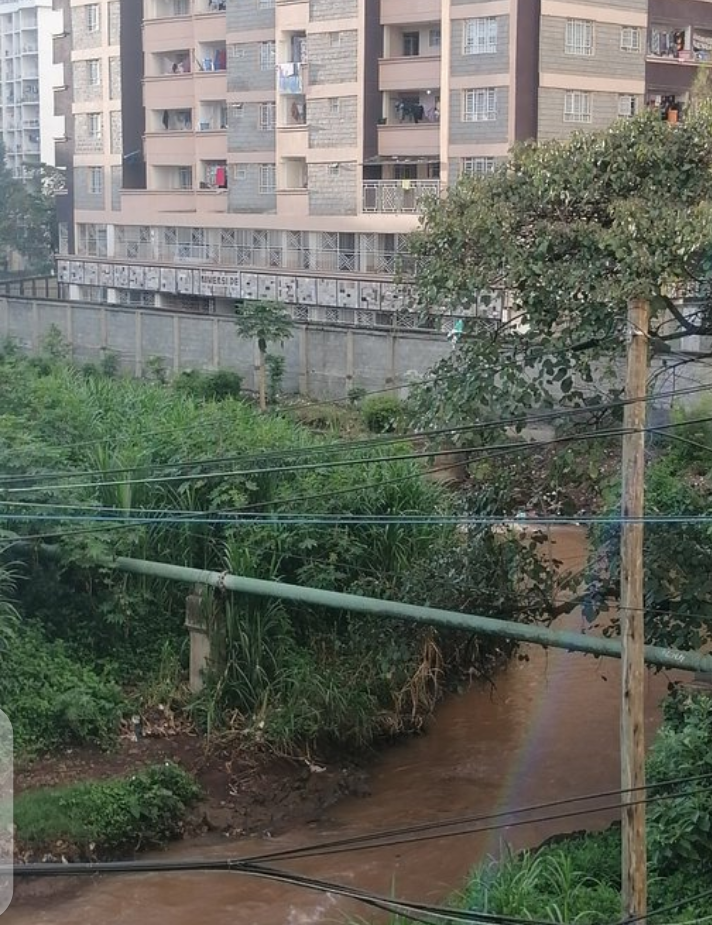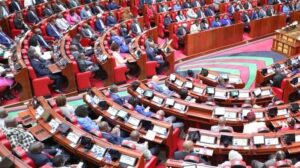In Nairobi, a stark contrast in urban development and housing demolitions has left many residents and observers questioning the city’s planning policies.
In the residential area of Pangani, houses remain untouched by the demolition crews that are actively clearing structures on riparian land in other parts of the city, particularly in informal settlements.
This discrepancy has ignited a debate about the fairness and transparency of Nairobi City County’s urban development strategies.
Residents of informal settlements, such as Kibera and Mukuru, have witnessed large-scale demolitions of their homes and businesses under the pretext of environmental conservation and urban renewal.
The authorities argue that these demolitions are necessary to reclaim riparian land and mitigate flooding risks, as well as to pave the way for infrastructure development.
However, the sparing of Pangani, a more established residential area, from similar demolition activities has raised eyebrows.
Critics argue that this selective enforcement of urban planning regulations underscores a deeper issue of inequality in the city’s development agenda.
They claim that the burden of urban renewal is disproportionately borne by the city’s most vulnerable residents, who often lack the resources and political clout to defend their homes and livelihoods.
The situation in Pangani serves as a glaring example of this imbalance.
While informal settlements are razed to make way for development projects, more affluent areas continue to thrive without disruption.
This has led to accusations of favoritism and a lack of comprehensive urban planning that takes into account the needs of all city residents.
Urban planning experts and human rights activists have called for a more equitable approach to city development.
They emphasize the need for inclusive policies that ensure all residents, regardless of their economic status, are treated fairly.
There is a growing demand for transparent decision-making processes and better communication between city planners and affected communities.
The demolitions in informal settlements have not only displaced thousands of residents but have also disrupted local economies.
Small businesses that once thrived in these areas have been forced to shut down, exacerbating poverty and unemployment.
The human cost of these demolitions is a stark reminder of the need for more humane and sustainable urban development practices.
In response to the criticism, Nairobi City County officials have pledged to review their policies and address the concerns raised by residents and advocacy groups.
They acknowledge the need for a balanced approach that respects both environmental conservation efforts and the rights of all city dwellers.
The glaring contrast in urban development and housing demolitions in Nairobi highlights the urgent need for comprehensive urban planning policies that promote fairness and inclusivity.
As the city continues to grow, ensuring that development benefits all residents, rather than a select few, will be crucial for creating a more equitable and sustainable urban future.





















Add Comment